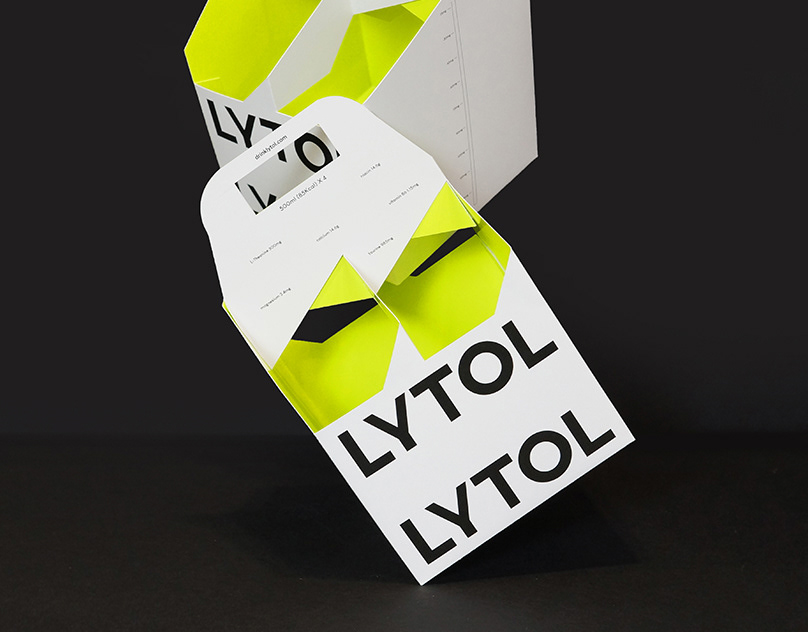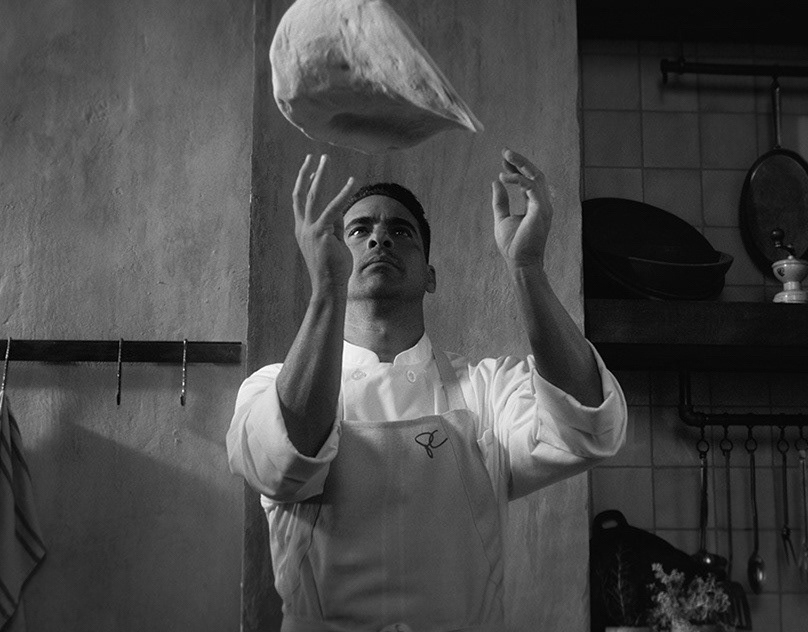Pain is unfair, debilitating, and scary. It affects each of us uniquely. But when we look at pain through a lens of science, it becomes a little less scary. With an understanding of pain, we're empowered to discover ways to treat it, even when it's as simple as a scraped knee or something more chronic, like disease.
In episode two of Lullaby Theories, "A Secret Message," four year old twins, Sophia and Lucy along with their mother, Clara, discuss pain and specifically, the Gate Control Theory of Pain.
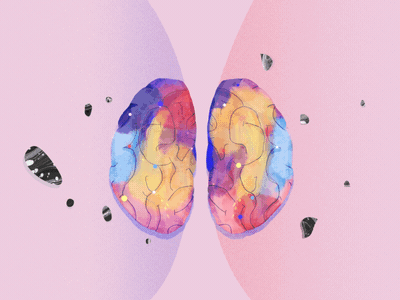
When we feel pain, there’s a complex conversation going on between the brain and the body. We don’t feel pain until the brain interprets these 'secret messages,' evaluates the danger, and determines how much pain we should feel.
"The Gate Control Theory of Pain" asserts that non-painful input closes the 'gates' to painful input, which prevents pain sensation from traveling to the central nervous system. Therefore, stimulation by non-noxious input is able to suppress pain." - Wikipedia
This is especially helpful to our topple-prone four year old twins who find joy in the adventure but not in the falls. We're all very honored that this episode is helping children and their families with their understanding of pain at the Virginia Healthcare Network of Carilion Clinics.
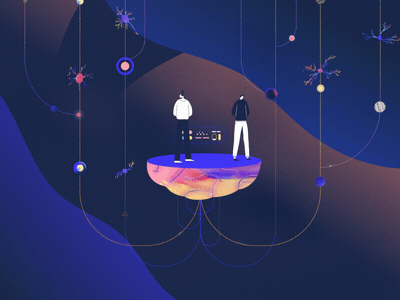
Working with another one of our favorite illustrators, Naomi Benson, we paired characters with literal moments in this theory. Doing so, we were able to simply but delicately explain the Gate Control Theory. Here are some of the character designs, early styleframes, and animation processes:


Enjoy these questions Stash asked us for their online feature of Lullaby Theories: A Secret Message.
1. What was the project brief? Or what were the instructions from the client?
This video is a self-initiated project, completely funded out of our business. Lullaby Theories is a short film series that explores science from the perspective of kids. We discuss anything from gene modification, to parallel worlds, to sleep and pain. These theories are discussed with our four-year-old, identical twins Lucy and Sophia.
The only mandate for ourselves is that each episode tackle a different topic of interest to kids (and adults), while exploring a different visual style.
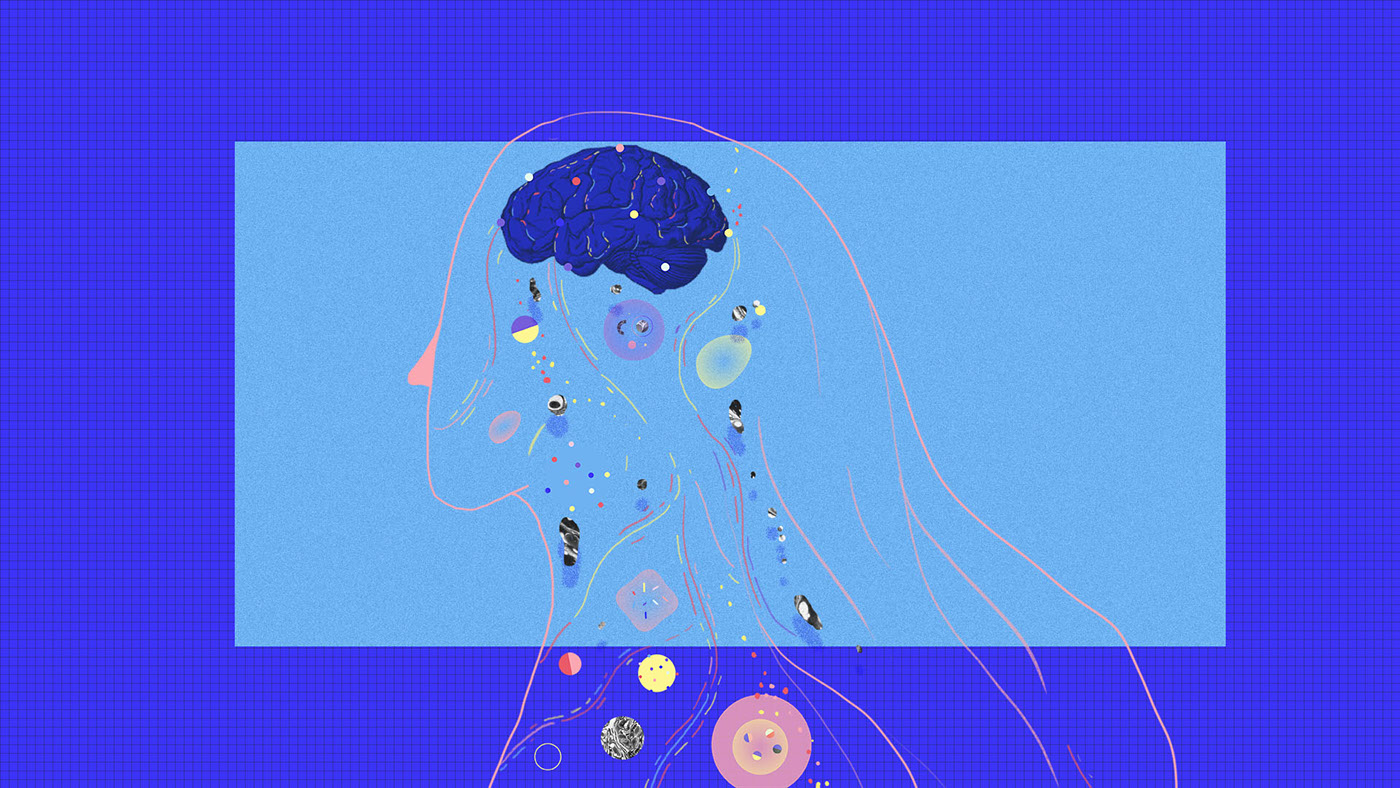
2. What were the main creative challenges of the project?
With any self-funded project one of the main challenges is saving up time and money. For us, we actually have a team of people working on each episode, and we pay them. So it’s not as simple as just carving out time – although balancing client work with narrative work can also be a challenge. We try to find a balance between pay, time, and fun for our artists.
It can also be difficult to write and perform for both children and adults. We want to keep attention and ensure that everyone understands some of the complex theories we discuss while not skewing too old or too young. This takes some constant adjusting as well as sharing with a few viewers before finalizing so we know how things are received and understood. This includes working with The Science & Entertainment Exchange (National Academy of Sciences) and a scientific consultant for each episode. This episode had us working with Shaheen E Lakhan, MD, PhD, Med, MS, FAAN.
We also tend to go through many voiceover sessions with the girls both to have fun with improving lines, but also to make sure audiences will understand what the girls are saying. It can sometimes be difficult to get the right pronunciation and to edit the VO together in a way that makes sense and works with pacing. This is why we worked with our friend, Ricardo Nilsson to create subtitles/lowers for each of the videos.
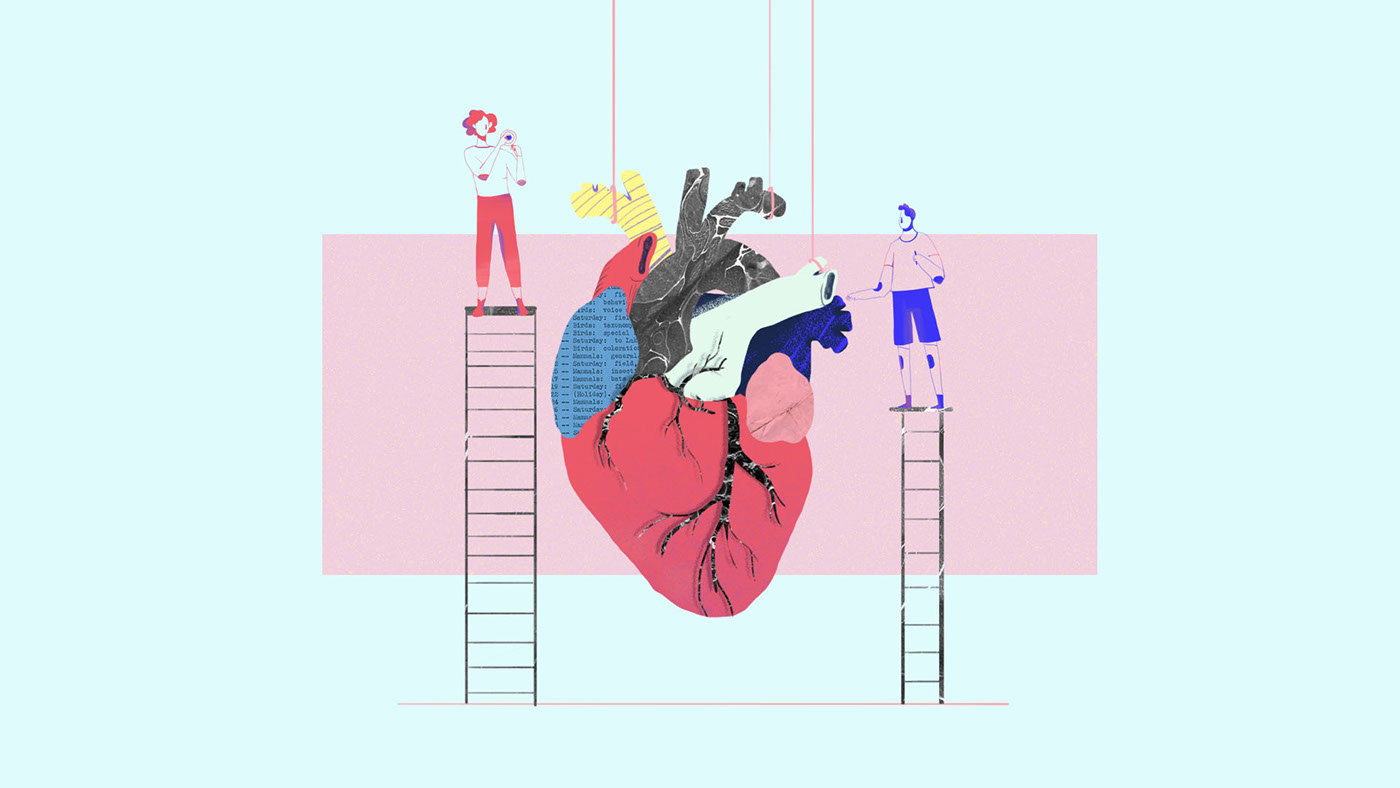
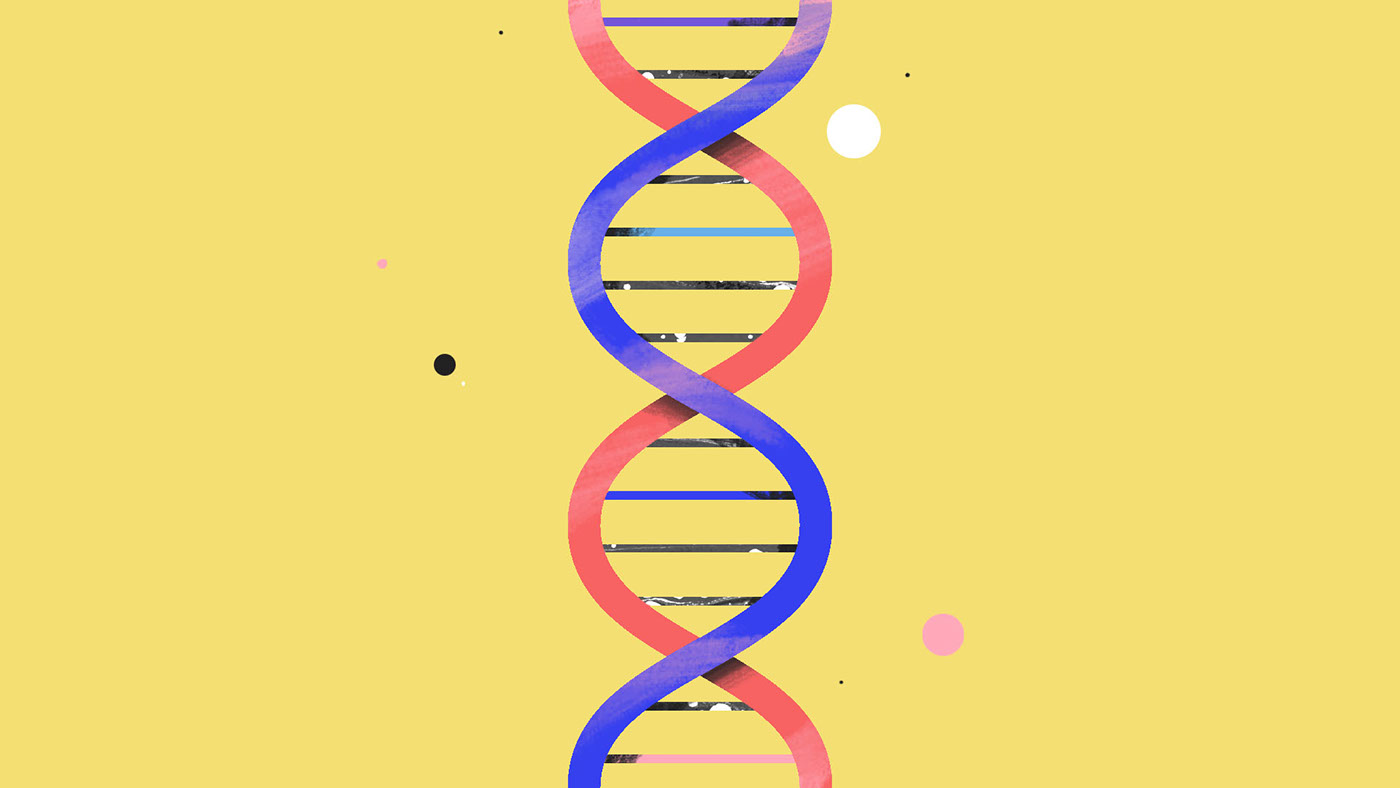
3. What were the main technical challenges of the project?
On this particular episode we worked with several artists in different time zones all juggling the same files. We had folks in California, Minnesota, West Virginia, Brazil, and London. So we had to constantly update our management docs and keep communication a high priority.
We were also mixing different 2d styles, between keyframing and cel animation, so we had to take work from various artists and comp everything together. While this is something we do all the time, it’s important to keep things organized when there are several team members involved.
4. When was the work completed?
We finished the work right at the end of 2017 and waited to release the video until after the New Year.
5. What was the production schedule?
It took roughly 4 months from start to finish. This included style exploration, storyboarding all the way through animation and sound design. The scripting took about a week spread over a month of time – as we were working on it in between other projects.
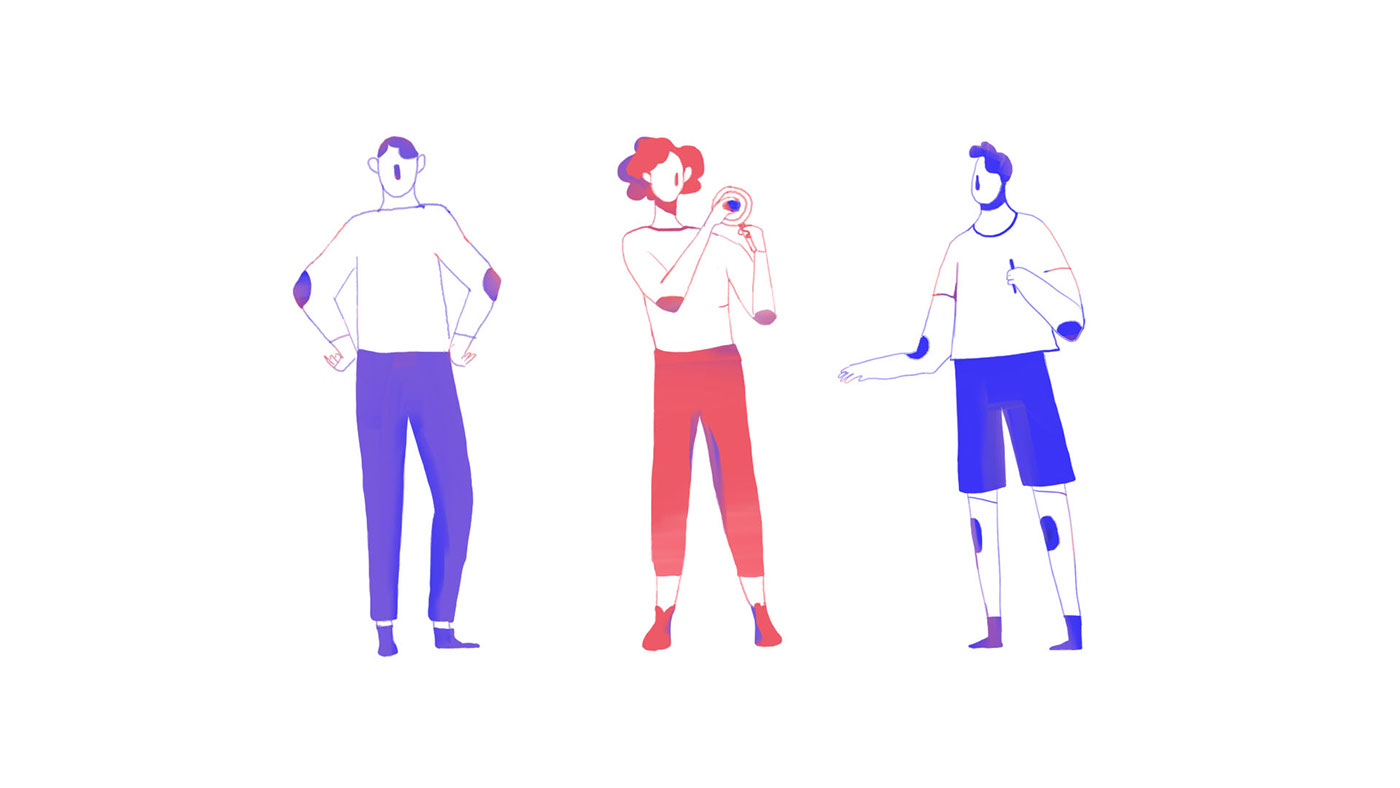
6. Where has it been seen?
We posted to Vimeo in January. It also lives on our website (coatofarmspost.com) and a special site we created for our series: LullabyTheories.com
Upon posting, a healthcare network in Virginia asked to share it with their patients. Carilion Clinic, a not-for-profit organization cares for nearly one million patients in 7 hospitals and 200+ outpatient sites. So we’re excited to give health patients the opportunity to watch our video, and perhaps better understand and cope with pain.
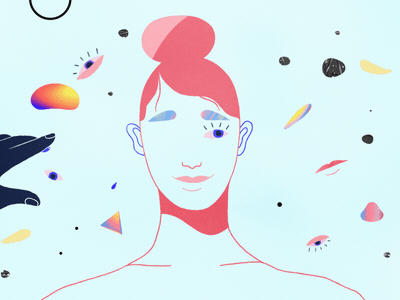
To really make the characters sing, we wanted them to move elegantly and chose to use cel (or frame by frame) animation. Joe Sparkes cel animated all the characters in this video. Here are some progress exports showing the steps in his lovely character animation:
This is some of the texture animation for backgrounds and abstract shapes by Julia Iverson. By having this texture animated we could use portions of it throughout the video for floating objects in the brain or body:
Below you can see one of the scenes Terence Ginja-Martinho animated excluding Joe's characters. (These project files are available at our BTS page!)
The magic of filmmaking goes beyond any one aspect of film creation, but the power of sound is unequivocal. As evidence, here's some of the lovely sound work from Jenna Coyle for "A Secret Message":
One of our favorite parts of this series is recording with our children. Their voices at this age were super adorable, and we love going back and listening to some of their responses. Listen to a few short takes from Lucy & Sophia.
About 15% of the girls voiceover is impromptu or improv. We typically record our written script with them quite a few times, but once storyboards are complete, we show the frames to them and have them describe what they are looking at. Sometimes we do this again once animation is complete. A lot of the time, those off-the-cuff descriptions or reactions make their way into the final film.
Thanks for taking a look & listen!
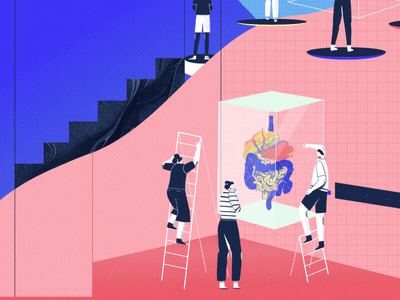
Creative by Coat of Arms
Written, Produced & Directed by Clara Lehmann & Jonathan Lacocque
Voices: Lucy Lacocque, Sophia Lacocque, & Clara Lehmann
Edited by Jonathan Lacocque
Design & Illustration by Naomi Bensen
Animation by Julia Iverson & Terence Ginja-Martinho
Written, Produced & Directed by Clara Lehmann & Jonathan Lacocque
Voices: Lucy Lacocque, Sophia Lacocque, & Clara Lehmann
Edited by Jonathan Lacocque
Design & Illustration by Naomi Bensen
Animation by Julia Iverson & Terence Ginja-Martinho
Lower Thirds by Ricardo Nilsson
Character Animation by Joe Sparkes
Sound Design & Mix by Jenna Coyle
Music by Wyld- Paegilegt, via Artlist.io
Character Animation by Joe Sparkes
Sound Design & Mix by Jenna Coyle
Music by Wyld- Paegilegt, via Artlist.io
Scientific Consultant: Shaheen E. Lakhan, MD, PhD, MEd, MS, FAAN
Special Thanks: Amy Brown
The Science & Entertainment Exchange
National Academy of Sciences
Special Thanks: Amy Brown
The Science & Entertainment Exchange
National Academy of Sciences
Visit lullabytheories.com


